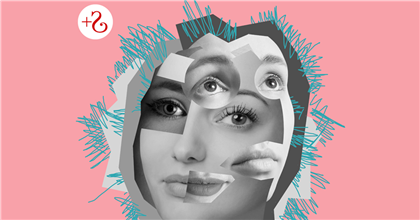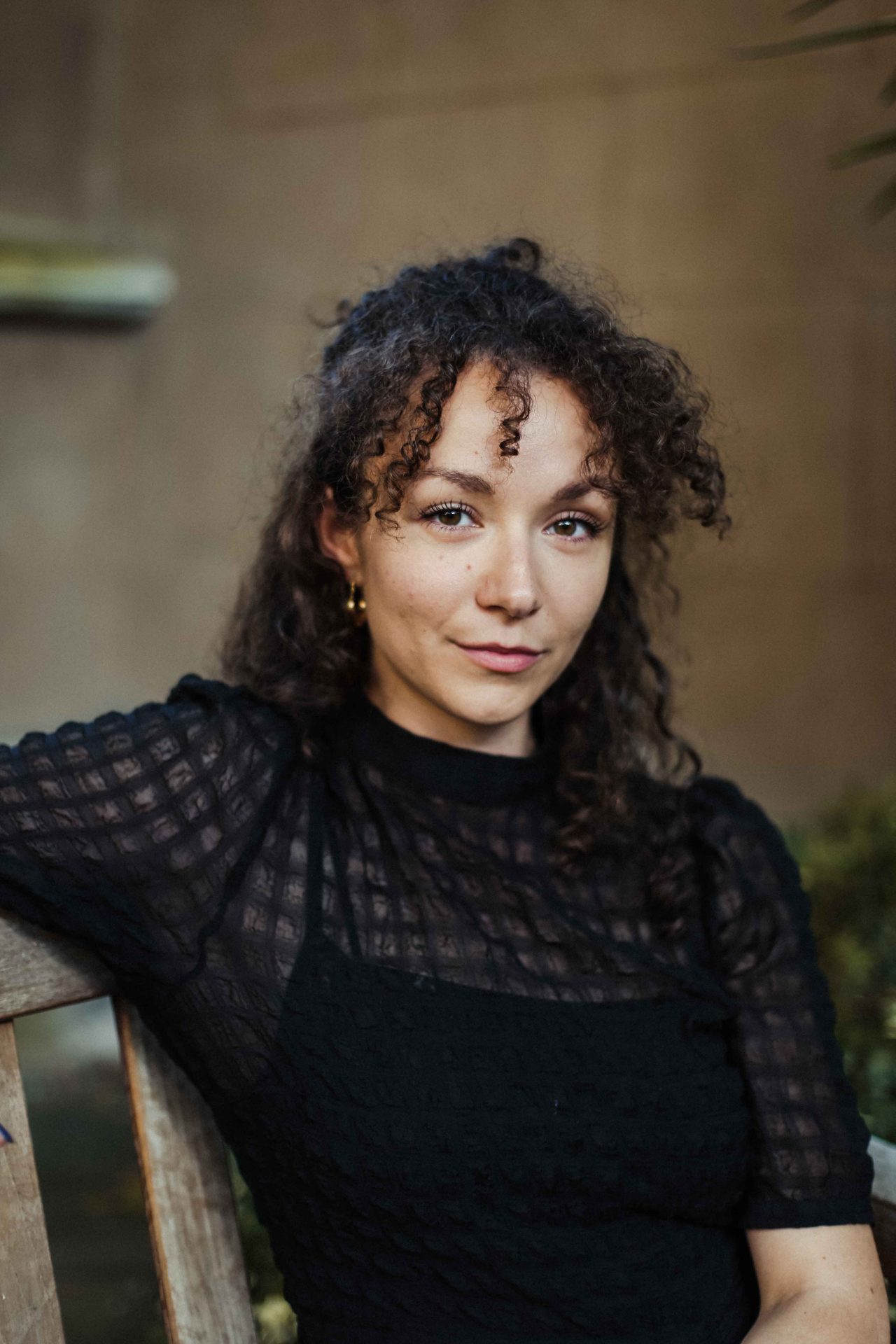
Written by Emily Bootle
In her new book, This Is Not Who I Am, writer Emily Bootle examines our culture’s futile obsession with #authenticity. Here, she writes about her decision to walk away from it
Our early twenties, we are told, is a time of self-discovery. Released from the shackles of our hometowns and family dynamics and shot out into the world, we are faced with a mass of choices, each of which will mould us into the person we are to become. Where we choose to live, our career, our relationships: all of it will affect who we are in a decade’s time; not only in that one thing has led to another and those choices set us on a path, but in that we will have an identity as the type of person who made them.
If this sounds a little overwrought, I can only apologise for exposing you to the thought processes that plagued me during this time in my life. In movies, when the protagonist comes of age, the sparkling lights of the big city look exciting and pregnant with possibility. In reality, those sparkling lights – both metaphorical and literal – felt overwhelming. Every choice I made was loaded, every option both possible and impossible. What if I got it wrong? What if I went down one path and then realised I should be on another one? I was supposed to be finding myself – but how, when I didn’t know what I was looking for?
The question of achieving ‘authenticity’ – also known as ‘living your truth’, or simply ‘being yourself’ – was at the heart of what I will grandly call my quarter-life crisis, which for me began five or so years ago, and is what drives and motivates so many of us today, early twenties or not. We are a society obsessed with achieving this mysterious state. Everywhere we look, the imperative to be authentic blinks back at us: in adverts, in the wellness industry, in celebrity interviews, in the narratives of popular films and TV shows from Sex And The City to Sex Education.
Throughout my life I frantically pursued authenticity in ways I didn’t even realise at the time: when I Marie Kondo-ed my entire flat in the hope I would see a reflection of myself in the possessions that escaped my obsessive purging; when I got a job near Carnaby Street and became addicted to clothes shopping at lunchtime, always needing to look that bit more ‘myself’; when I was dumped by a boyfriend at uni and got my nose pierced; when I took it out only a couple of weeks later because it didn’t feel quite like ‘me’.
Eventually, I spotted a pattern. And as I loosened my own grip on authenticity over the course of my twenties, I began to observe how it’s a goal that can tie us all in knots. My own anxiety began around the same time that a collective concern about authenticity was emerging on social media. In the mid-2010s, authenticity – and #authenticity – was suddenly everywhere. Jennifer Lawrence, with her relatable love of pizza and tendency to trip over in public, was prolific. Influencing – which essentially boils down to making money from being, and then selling, yourself – began to look like a viable career path in itself. On Instagram, the perfectly curated, filtered aesthetic that had excited everyone so much for five years was starting to be dismantled, replaced by no make-up selfies (the hashtag #NoMakeup currently has almost 20 million posts on the platform), ironically ‘candid’ snaps and posts that showed ‘Instagram v reality’.
The problem that played out both online and in my own life was this: trying to be authentic undermines the concept of authenticity. The more you try to tidy yourself up by creating a highlight reel of your life on social media, the more of yourself you obscure from other people. And yet I realised that the more you deliberately make a mess, creating chaos with photo dumps or self-consciously reckless nose piercings, the more you inadvertently tidy up, curate something deliberate and posed, and end up being inauthentic again. The moment you start to perform, it becomes impossible to be truly ‘real’. And the more you push back against this by frantically trying to be yourself more than ever, the less you can see what that ‘self’ actually is.
The push for authenticity is supposed to be liberating, and yet often it simply traps us. In the world of beauty, it is now taboo to suggest a woman should look differently from how she does already – skincare and make-up are sold to us as something that will simply make us more ‘ourselves’. But what if we want to look different? Or, even worse, what if we don’t want to be more ourselves, we just want to be? Can that not be authentic on its own?
As I have observed these processes, I have let go of the desire to be authentic. There is no perfect way to be yourself. I felt no different when I bought a new outfit from Monki or posted on Instagram or bought spirulina to cleanse my soul: I simply felt anxious all the time, chasing something just out of reach. What I realised is that authenticity is not something that can be observed or verified, and it certainly can’t be performed: it’s simply a feeling.
Now I’m nearly 30, the crises around me look a little different from the race to find yourself. Instead, long-term relationships are ending or being turned into marriages; the question of whether, and when, to have children looms over most women I know. And yet it seems to me that ‘being ourselves’ is still often buried somewhere in our anxiety about almost all decisions we make. I stopped trying to be authentic when I realised that ‘being myself’ – whoever that may be – was what was happening all the time, wherever I was, and whether I liked it or not.
This Is Not Who I Am: Our Authenticity Obsession by Emily Bootle (Ortac Press; £10.99) is out now.
Images: Getty; courtesy of publisher
Source: Read Full Article
